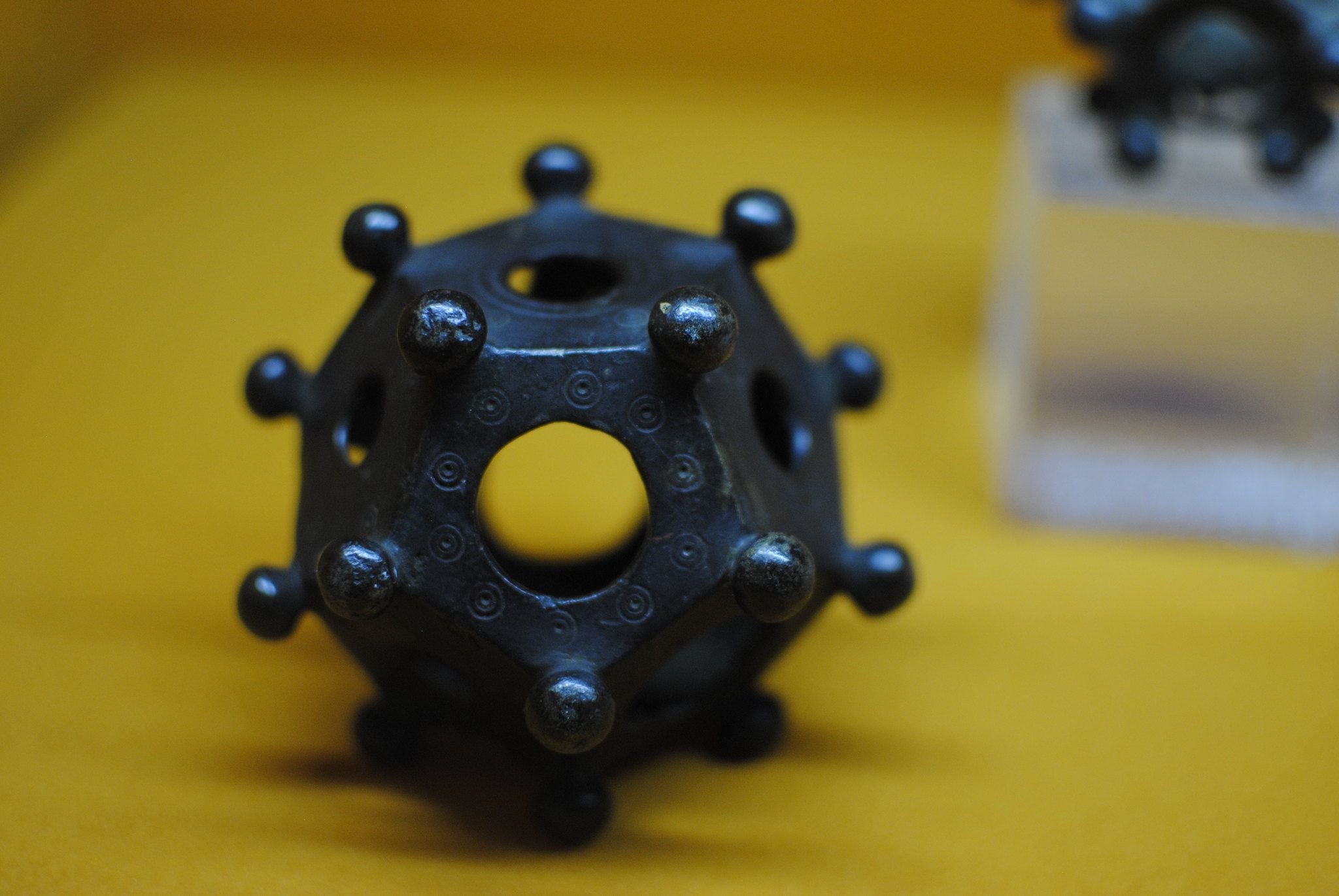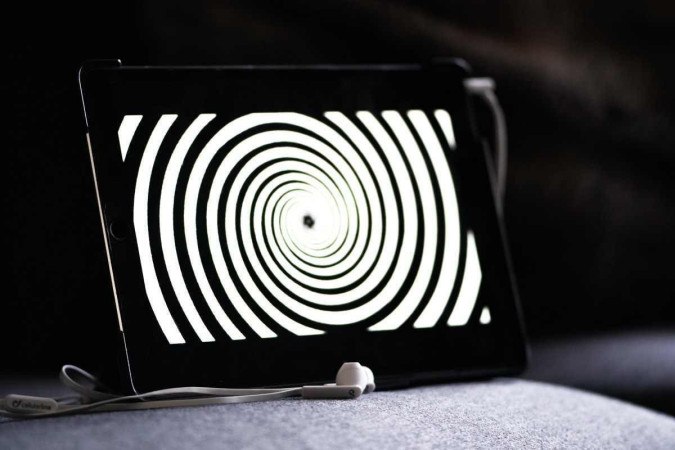|
“Hypnotizability” is the depth to which a person can be hypnotized (Photo: Reproduction/Unsplash) |
Researchers at Stanford University School of Medicine have discovered how to temporarily increase the ability to be hypnotized, which may allow more people to access the benefits of hypnosis-based therapy. The researchers noted that as little as two minutes of electrical stimulation targeting a specific area of the brain could increase participants' ability to be hypnotized for about an hour.
Hypnotizability is the depth to which a person can go into hypnosis, and researchers have suggested that it will be a stable characteristic that changes little throughout adulthood, just like personality and IQ.
“We know that hypnosis is an effective treatment for many different symptoms and disorders, especially pain,” said study author Avik Verman. “But we also know that not everyone benefits equally from hypnosis.”
It has been observed that approximately two-thirds of adults are at least “somewhat hypnotizable” and 15% are considered “highly hypnotizable.”
“Hypnosis is a state of intensely focused attention, and increasing the ability to be hypnotized increases your chances of performing better with techniques that use hypnosis,” said David Spiegel, MD, professor of psychiatry and behavioral sciences and senior author of the study.
The researchers found that people with high hypnosis had stronger functional connectivity between the left dorsolateral prefrontal cortex, which is involved in information processing and decision-making, and the dorsal anterior cingulate cortex, which is involved in detecting stimuli.
The potential of hypnosis could serve as non-invasive neurostimulation techniques to treat diseases such as depression and obsessive-compulsive disorder. The researchers recruited 80 participants with fibromyalgia, a chronic pain condition that can be treated with hypnotherapy, and excluded those who were already highly hypnotizable.
Understand the level of hypnosis
Half of the participants received transcranial magnetic stimulation, in which paddles applied to the scalp deliver electrical pulses to the brain. They received two applications of 46 seconds each, in which 800 pulses of electricity were delivered to a specific location in the left dorsolateral prefrontal cortex. The exact locations depend on the unique structure and activity of each person's brain.
The other half of the participants received a sham treatment that appeared similar but without electrical stimulation. Hypnosis was assessed by doctors immediately before and after treatment, with neither the patients nor the doctors knowing who was in each group.
The researchers found that participants who received neurostimulation showed a statistically significant increase in hypnotic ability. The placebo group showed no effect. When the participants were assessed again an hour later, the effect had already faded and there was no longer a statistically significant difference between the two groups.
The researchers plan to test whether different doses of neurostimulation can increase hypnotizability.
The research concluded that a transient increase in hypnosis susceptibility may be sufficient to allow more people with chronic pain to choose hypnosis as an alternative to long-term opioid use.
Verify information on Correo Brazilianense.
comments
The following comments do not represent the opinion of Diario de Pernambuco; Responsibility of the letter writer.

“Hardcore beer fanatic. Falls down a lot. Professional coffee fan. Music ninja.”

/https://i.s3.glbimg.com/v1/AUTH_bc8228b6673f488aa253bbcb03c80ec5/internal_photos/bs/2024/P/Z/v9UghwSKiGbWtBXs1xog/whatsapp-image-2024-05-06-at-20.24.37.jpeg)





More Stories
The 20 most beautiful names in the world according to science
6 strategies to dry faster
Do you want to work at NASA? These are 43 citizen science projects aimed at doing real science